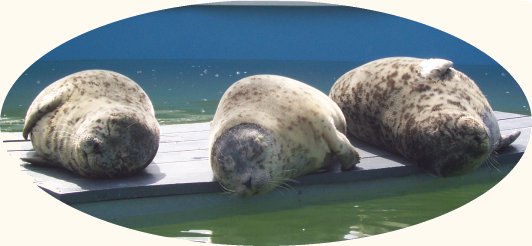
Conclusions
4.1 Methodological Errors
4.2 Operational Errors

Conclusions
4.1 Methodological Errors
4.2 Operational Errors
4.1 Methodological Errors
One criteria that I had been hoping to find to include was crime data. I believe this would have narrowed my analysis down quite a bit to safer areas. Since there are live animals at risk, it is a concern. Unfortunately, it wasn't anywhere to be found.
Although my results did have a range of possible locations, it is a lot harder to actually find a possible location in these areas. This is due to the fact that most of the land in Vancouver is owned by someone and may not be willing to sell or lease the land. If I had more time, it would have been a good idea to actually see the sites and determine if there is any development in each area (since development may have started since the data was collected).
4.2 Operational Errors
Besides small problems due to my inexperience with using IDRISI outside of the lab manual, I didn't have too many operational problems.
The main operational problem I came across was in classifying the water. Since there was no water file, I had reclassed all the cities as land and everything else as water. This would have worked if not for the fact that there was an area east of the GVRD that was classed as 0 (same as water). This skewed the end result to include parts of Langley as bordering on water. Having knowledge of the area, I was able to know which areas were actually land and which were water.
The other operational problem that I came across was the conversion of my bus routes from an ArcView shp file to IDRISI vector file. For some reason which couldn't be figured out, the conversion added about 10 extra bus routes in the area between Vancouver and Richmond. I decided to still use the data, despite of this, because there were bus routes in that area that were closer than 500 meters.
Now that you've read my project, feel free to email me!